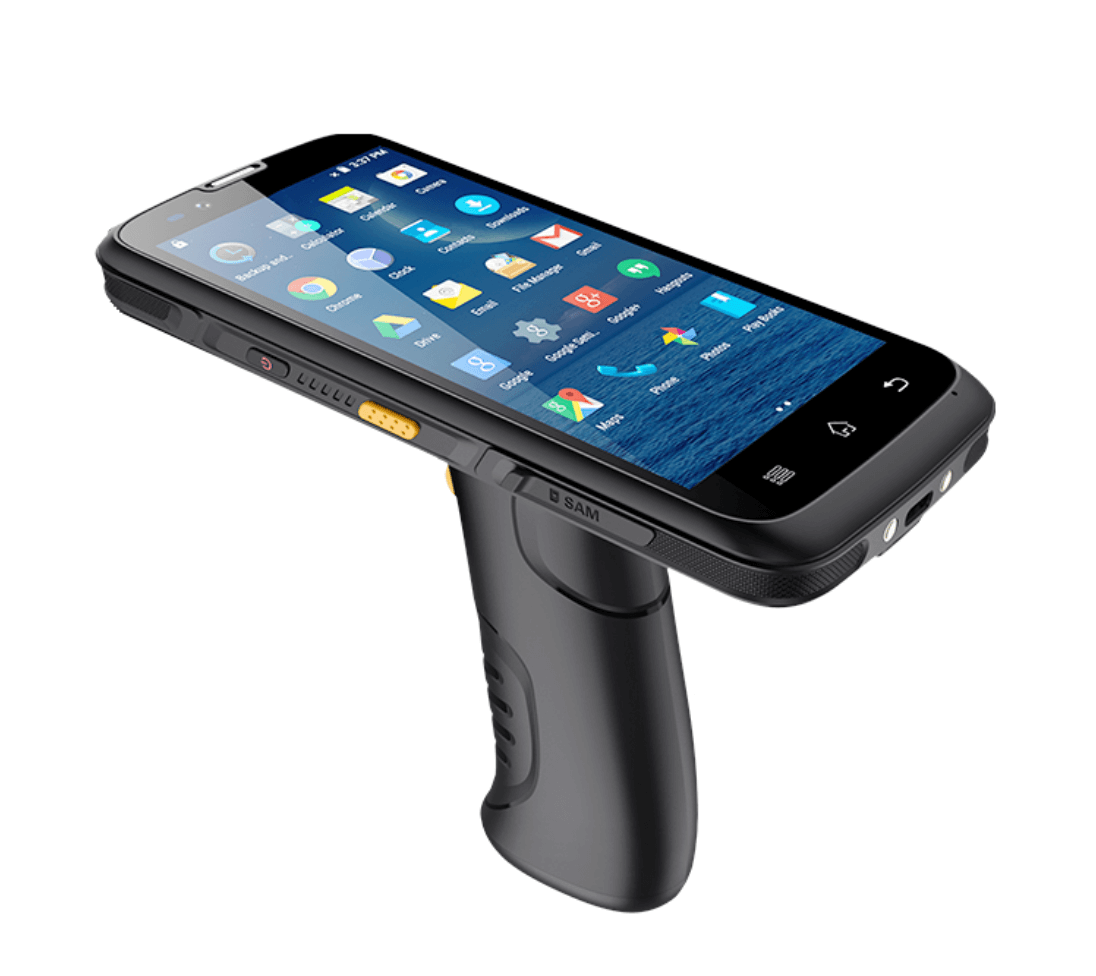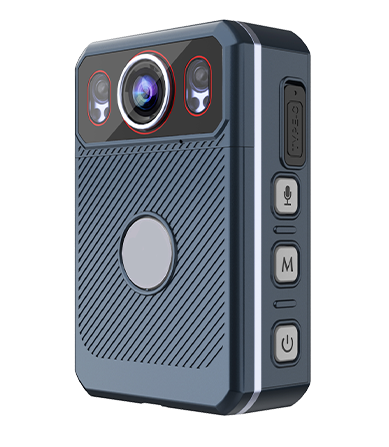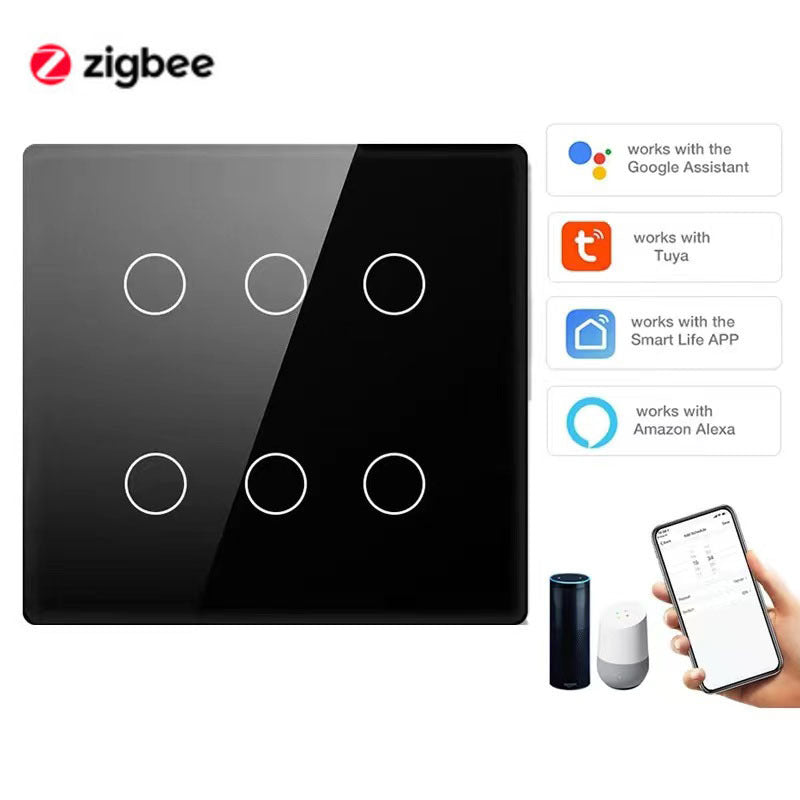Introduction
The smart lighting industry is undergoing a radical transformation, driven by advancements in IoT, AI, energy efficiency, and human-centric design. By 2025, the global smart lighting market is projected to exceed $30 billion, fueled by demand for smarter cities, green buildings, and personalized lighting experiences.
This blog explores the top five trends revolutionizing smart lighting in 2025, providing insights for businesses, homeowners, and tech enthusiasts.
AI-Powered Adaptive Lighting
Why It Matters
Artificial Intelligence is making lighting systems smarter and more intuitive. AI algorithms analyze occupancy, natural light, and user preferences to adjust brightness and color temperature dynamically.
Key Developments in 2025
✔ Predictive Lighting: AI learns user habits (e.g., turning lights on before you enter a room).
✔ Mood-Based Lighting: Systems adjust based on biometrics (e.g., stress levels detected via wearables).
✔ Fault Detection: AI identifies failing LEDs before burnout, reducing maintenance costs.
Real-World Example
- Philips Hue now integrates with Google Nest Hub to adjust lighting based on calendar events (e.g., dimming lights during meetings).
2. Li-Fi (Light Fidelity) for High-Speed Data Transmission
Why It Matters
Li-Fi uses LED light waves to transmit data at speeds 100x faster than Wi-Fi, with enhanced security (signals don’t penetrate walls).
Key Developments in 2025
✔ Commercial Adoption: Airports, hospitals, and offices deploy Li-Fi for interference-free connectivity.
✔ Smart Home Integration: Li-Fi-enabled bulbs provide seamless internet access without additional routers.
✔ Industrial IoT (IIoT): Factories use Li-Fi for real-time machine communication in high-EMI environments.
Real-World Example
- Signify (formerly Philips Lighting) partnered with pureLiFi to roll out Li-Fi in European corporate offices.
3. Energy Harvesting & Self-Powered Smart Lights
Why It Matters
With rising energy costs, sustainability is a priority. Next-gen smart lights harvest energy from ambient sources, reducing grid dependence.
Key Developments in 2025
✔ Solar-Powered Streetlights: Cities like Dubai and Singapore deploy off-grid smart streetlights.
✔ Kinetic Energy Lights: Footstep-powered lighting in smart sidewalks and subway stations.
✔ Thermo-Electric Lights: Convert body heat into energy for wearable lighting.
Real-World Example
- EnGoPlanet’s solar + kinetic energy streetlights are installed in Las Vegas and Riyadh.
4. Human-Centric Lighting (HCL) for Health & Wellness
Why It Matters
HCL mimics natural daylight rhythms to improve sleep, productivity, and mental health.
Key Developments in 2025
✔ Circadian Lighting: Offices and schools use tunable white LEDs to boost alertness.
✔ Medical Applications: Hospitals adopt blue-light therapy for depression and sleep disorders.
✔ Retail & Hospitality: Stores use dynamic lighting to influence customer behavior.
Real-World Example
- Osram’s "Biological Light" system is used in German hospitals to regulate patient sleep cycles.
5. Edge Computing & Decentralized Smart Lighting Control
Why It Matters
Traditional cloud-based systems suffer from latency and security risks. Edge computing processes data locally, enabling faster response times.
Key Developments in 2025
✔ Mesh Networking: Lights form self-healing networks (e.g., Zigbee 3.0, Matter Protocol).
✔ Offline Functionality: Smart lights work without internet via onboard AI.
✔ Enhanced Security: No centralized cloud = reduced hacking risks.
Real-World Example
- Lutron’s Quantum system uses edge computing for millisecond-level adjustments in smart buildings.
Conclusion: The Future of Smart Lighting
By 2025, smart lighting will be:
🔹 Smarter (AI-driven automation)
🔹 Faster (Li-Fi replacing Wi-Fi in niche applications)
🔹 Greener (self-powered, energy-harvesting solutions)
🔹 Healthier (human-centric lighting for well-being)
🔹 More Secure (edge computing reducing cloud vulnerabilities)
What Should Businesses & Consumers Do?
- Homeowners: Upgrade to AI + HCL-enabled bulbs (e.g., Nanoleaf, LIFX).
- Cities: Invest in solar + Li-Fi street lighting for sustainability.
- Developers: Integrate edge-based lighting controls in smart buildings.
The smart lighting revolution is just beginning—stay ahead or get left in the dark!






